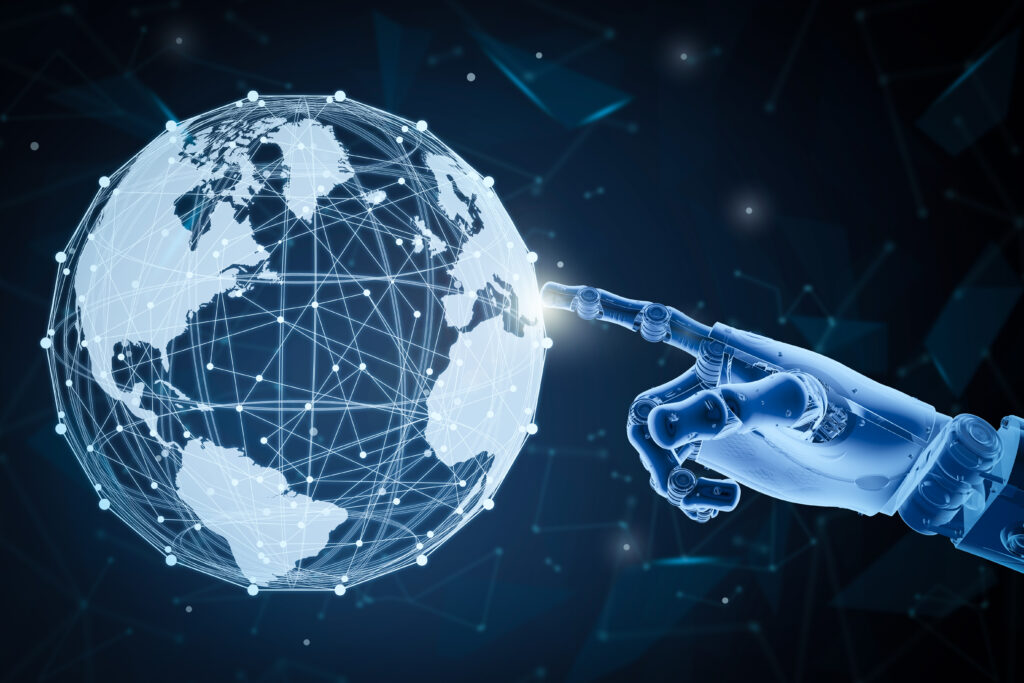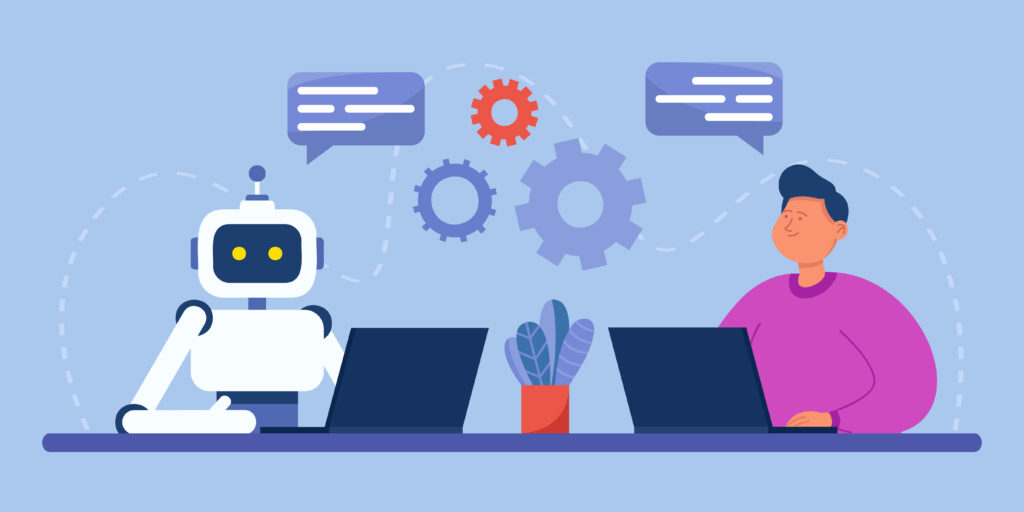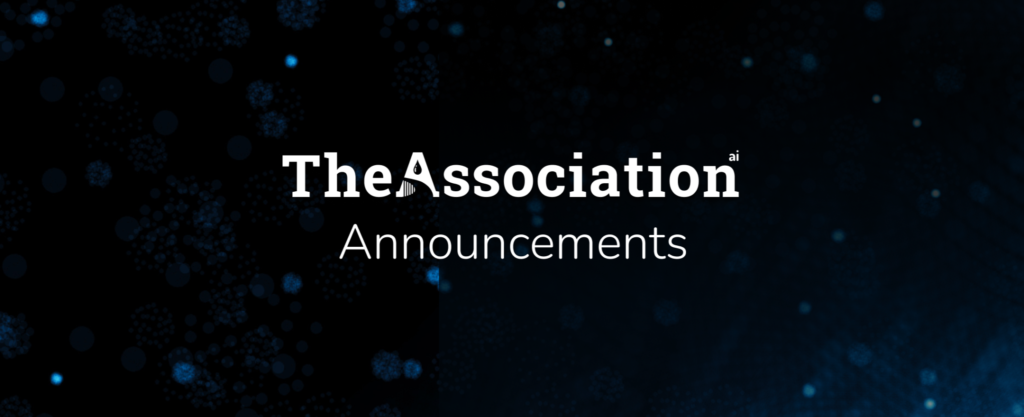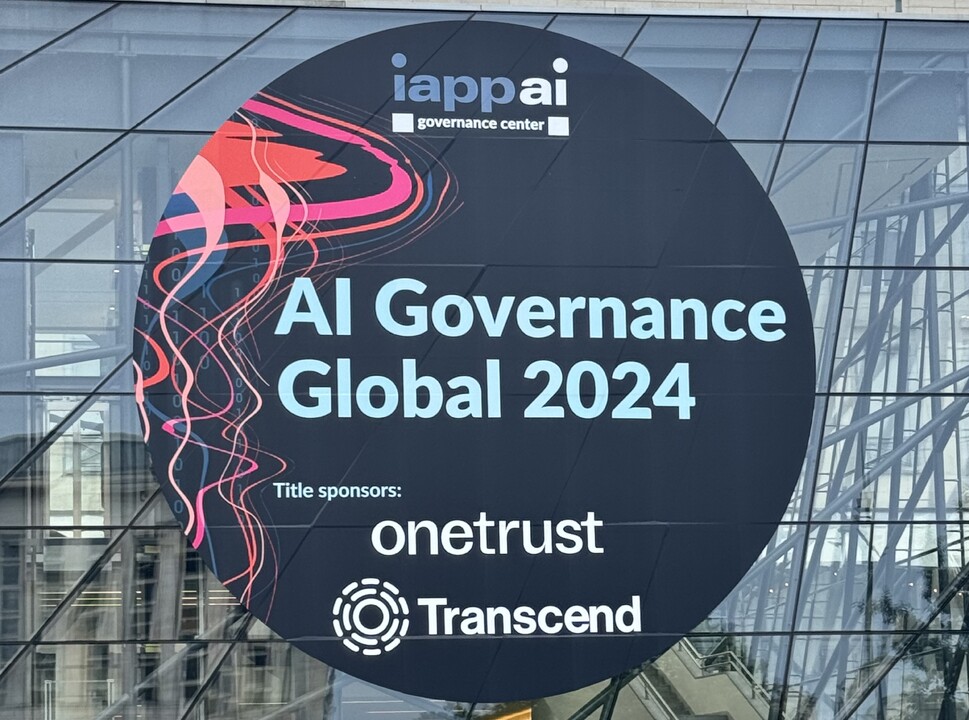
Will We Miss a Critical Moment in AI?
I’d like you to travel back in time with me. I was a young, fresh salesperson for one of the early internet companies. For those who remember it, Citysearch.com. It was 1995. At the time, the commercial internet we know today was in its infancy. Google, Facebook, Netflix, and Amazon weren’t even ideas yet. Even in the then 9-year-old Mark Zuckerberg’s head. I was in Austin, a city with a whopping 30% of its inhabitants “dialing up” to “connect to the web.” AOL, Netscape, and Compaq were the darlings of the market.
As I knocked on businesses’ doors, asking decision-makers if they’d be interested in learning more about “building a page for their business on a website,” I learned some key lessons.
- Most people can’t see the potential in something they’ve never seen before.
- Change will never happen without a momentum catalyst.
- If you’re overly enthusiastic about it, you can put something off an idea.
What I know now but didn’t know then was a handy book called Crossing the Chasm by Geoffrey Moore. Moore explores the challenges technology companies face when transitioning from early adopters to the broader market. It introduces the concept of buyer groups, including Innovators, Early Adopters, Early Majority, Late Majority, and Laggards, emphasizing the importance of targeting these segments strategically to achieve widespread market adoption. Specifically, it notes how many companies and ideas fall into the “chasm” between early adopters and the early majority. I learned this lesson the hard way because, as a salesperson, my job was to build the invisible bridge to help them cross the chasm of this new emerging world powered by technology.
- Most people can’t see the potential in something they’ve never seen before. – this is the crossing the chasm part.
- Change will never happen without a momentum catalyst. – crossing something takes forward movement, so don’t make it hard to start.
- If you’re overly enthusiastic about it, you can put something off an idea. – for the early majority, “cool” means fad.
They were hard lessons, but it was still one of the best working experiences of my life.
So, what does this have to do with AI and where we are today?
Simply, it feels the same.
By the very fact that you’re reading this newsletter, you’re a Visionary or Early Adopter. You’ve been (like me) tinkering and playing with AI and all its applications and getting almost giddy with excitement about its numerous possibilities. And like Visionaries, we’re frustrated that things aren’t moving faster (download speed was my nemesis then), and we’re telling all our friends how the “world is going to change in ways you can’t imagine.”
We’re so interested in the future of AI and can’t wait for everyone else to be as interested in it, too. Our biggest issue is that we’re on the wrong side of the chasm. The majority are still crossing their arms, shaking their heads, and wondering when this fad’s moment will end.
I even checked my assumption. I did a quick (and very unscientific) survey of my network to find out how, if, and why they were playing with AI and the potential they saw in the future. While I didn’t directly use Moore’s nomenclature with them (everyone likes to call themselves a visionary; it’s a problem), I did map how they answered the questions back to Moore’s categories. Here are the results.
- Visionaries – 1%
- Early Adopters – 6%
- Early Majority – 13%
- Late Majority – 67%
- Laggarts – 13%
Apply simple math to this, and you’ll see that 93 of 100 people are still in the “wait and see” stage. As cool as you and I might think it might be, AI has yet to truly cross the chasm. The majority are nodding politely to us because, like VR and blockchain before it, AI is still “that tech thing” that most people look at and think “meh” rather than “marvelous.”
What’s more interesting about the future of AI are conversations like the one Nilay Patel had with Verge features editor Sarah Jeong about the lawsuits between the biggest AI players like OpenAI and media juggernauts like the New York Times. They suggested that these lawsuits could be “ a potential extinction-level event for the modern AI industry on the level of what Napster and fellow file-sharing sites were facing in the early 2000s. And as we know from history, the copyright rulings from the file sharing age made entire companies disappear, and copyright was changed forever.” Copyright law might eliminate the opportunity to cross any chasm.
The law aside, we forget the importance of making things easy. While I’m surprised and delighted with how easy AI is to use. It’s not easy enough. Or at least the 93 think so.
We forget that while I was running around Austin becoming an expert in potential, AOL was quietly shipping out CDs – estimates say about 1 billion mailed – to help us all get online. At its peak (and yes, their decline is a whole other story), it had 30 million subscribers and was worth a market capitalization of more than $200 Billion. How?
- They made it easy for people to see the potential – just pop in the disc and voila!
- They created a momentum catalyst – CDs in the mail.
- They didn’t oversell – “You’ve got mail.”
We’ve seen this pattern repeat with Facebook.
- They made it easy for people to see the potential – an invitation from a friend.
- They created a momentum catalyst – here’s your feed.
- They didn’t oversell – add your friend.
And with Amazon.
- They made it easy for people to see the potential – buy a book.
- They created a momentum catalyst – we have more than books.
- They didn’t oversell – we make it easy for you to buy anything.
While Napster died on the copywrite vine, it opened the door of opportunity for Pandora and Spotify to change the face of music forever. They made music discovery easy, created a momentum catalyst, and didn’t oversell.
Each of these examples shows the early majority the simple path to potential, and it’s not until that step happens that the world changes.
So today, as we stand on the precipice of another technological transformation, the question remains: which idea will help the majority see the full potential of AI? Even with the simple interface of OpenAI’s ChatGPT, the AI space still feels closer to a 1990s IRC chat room than AOL’s Instant Messenger. Midjourney makes me clap my hands with delight, but does your neighbor understand how to set up a Discord server?
With emerging technologies and ideas, transformation only happens when we make potential tangible and accessible. When it shifts in from fad to framework, and that starts by making its tale of potential easy for everyone to realize and creating a simple path to follow.
Who or which company will create the simple path to potential for AI? I don’t think it’s happened yet. Nor do my 93 friends.
Want to learn more about the transformative power of telling tales of potential? I’ll be back writing about how to win the productivity race. Spoiler alert: you don’t. The other side is doping.





